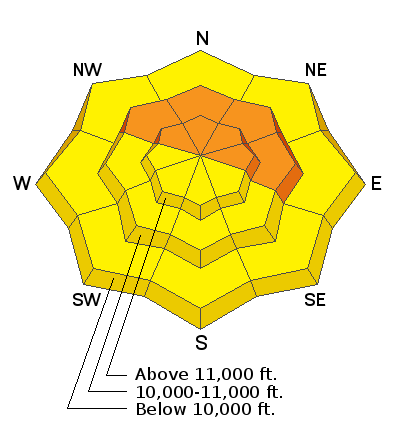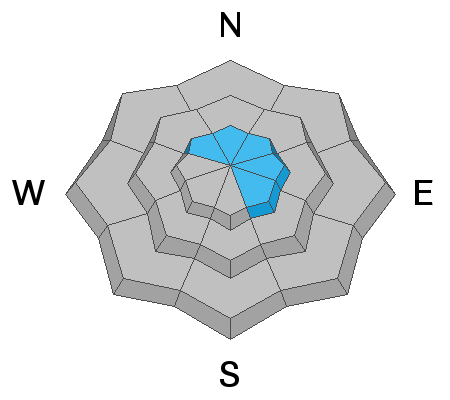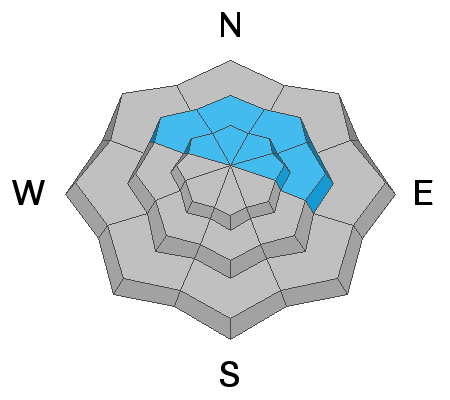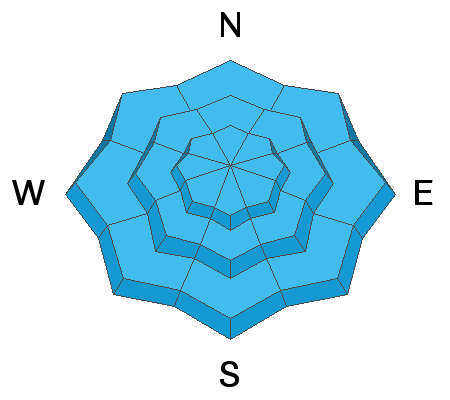Forecast for the Moab Area Mountains

Issued by Eric Trenbeath on
Friday morning, March 20, 2020
Friday morning, March 20, 2020
The avalanche danger remains CONSIDERABLE on steep slopes facing NW-N-E where human triggered avalanches involving new and wind drifted snow are likely. In these same areas, human triggered avalanches failing on a buried persistent weak layer of loose, sugary, faceted snow are also likely. On all other aspects, the danger is MODERATE for avalanches involving the most recent storm snow. Backcountry travelers need to have excellent route finding skills today. Stick to low angle, wind-sheltered terrain.

Low
Moderate
Considerable
High
Extreme
Learn how to read the forecast here









